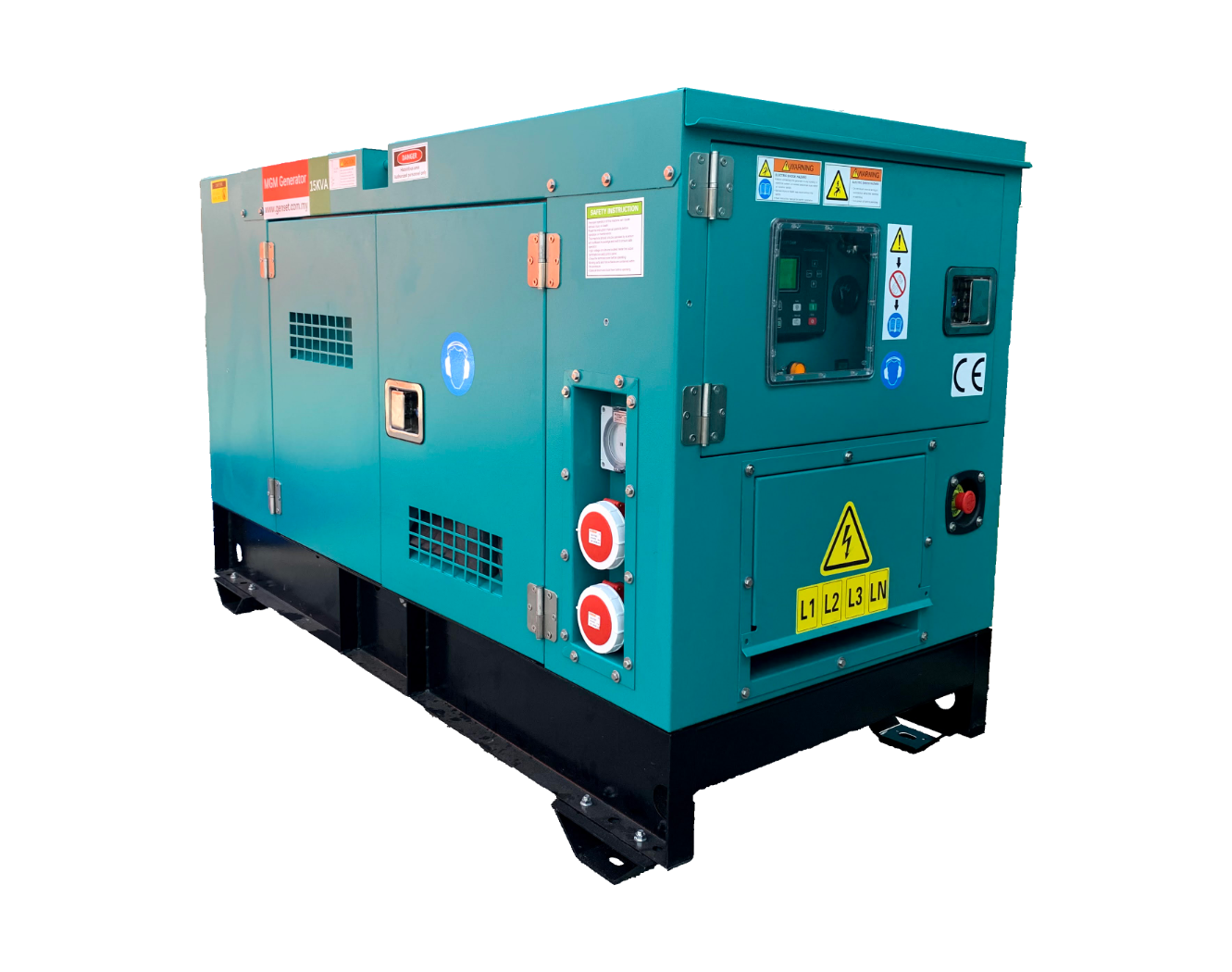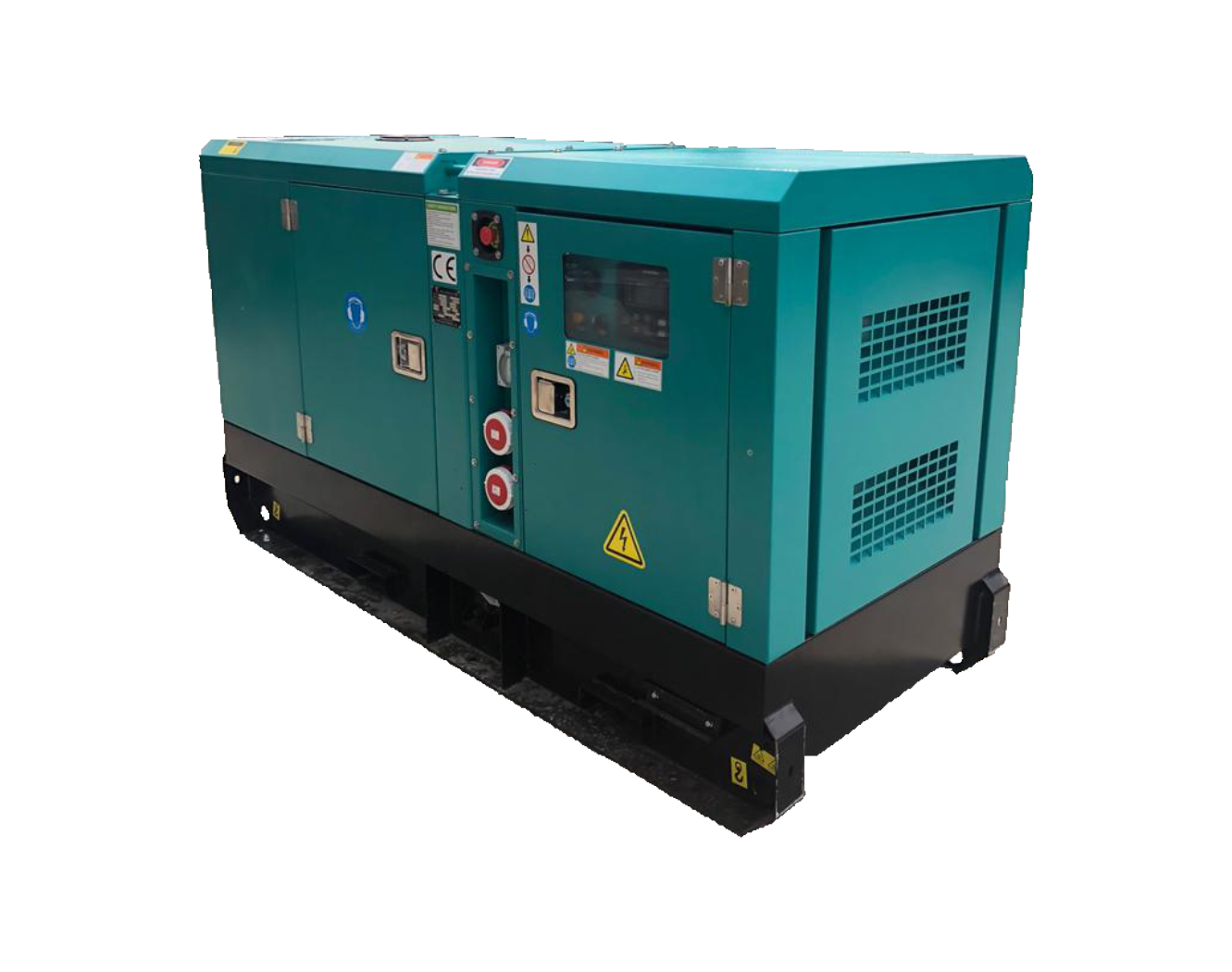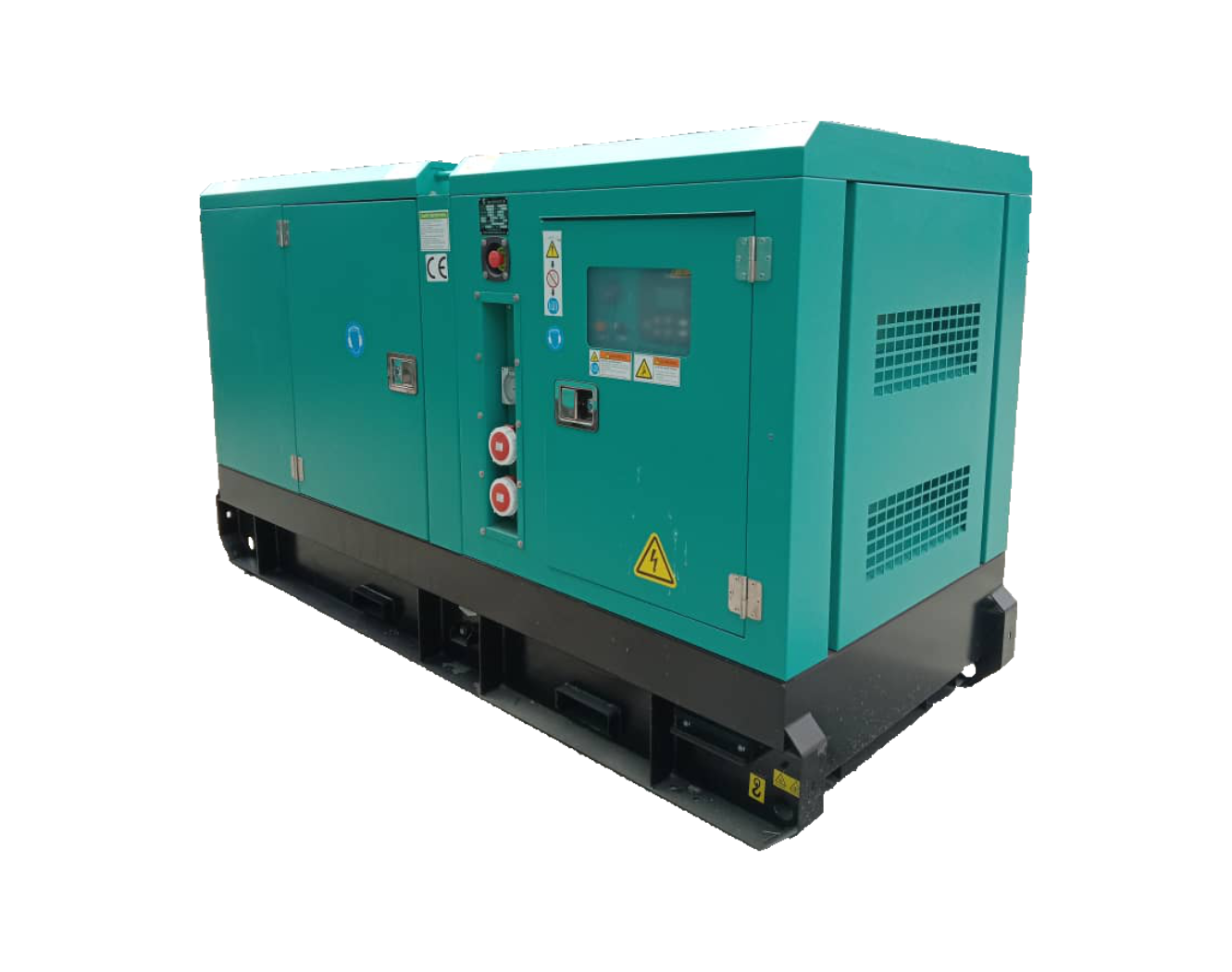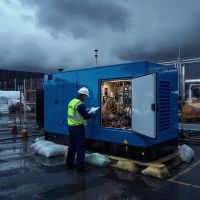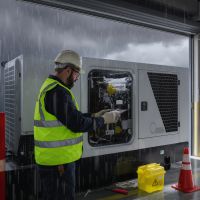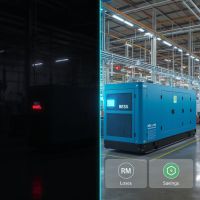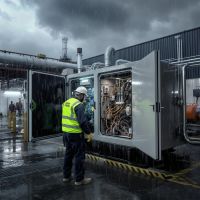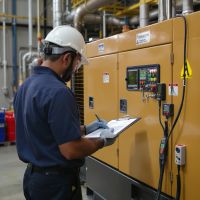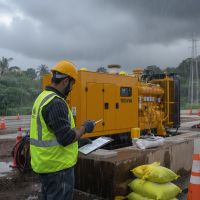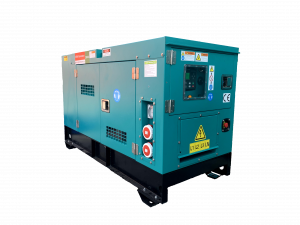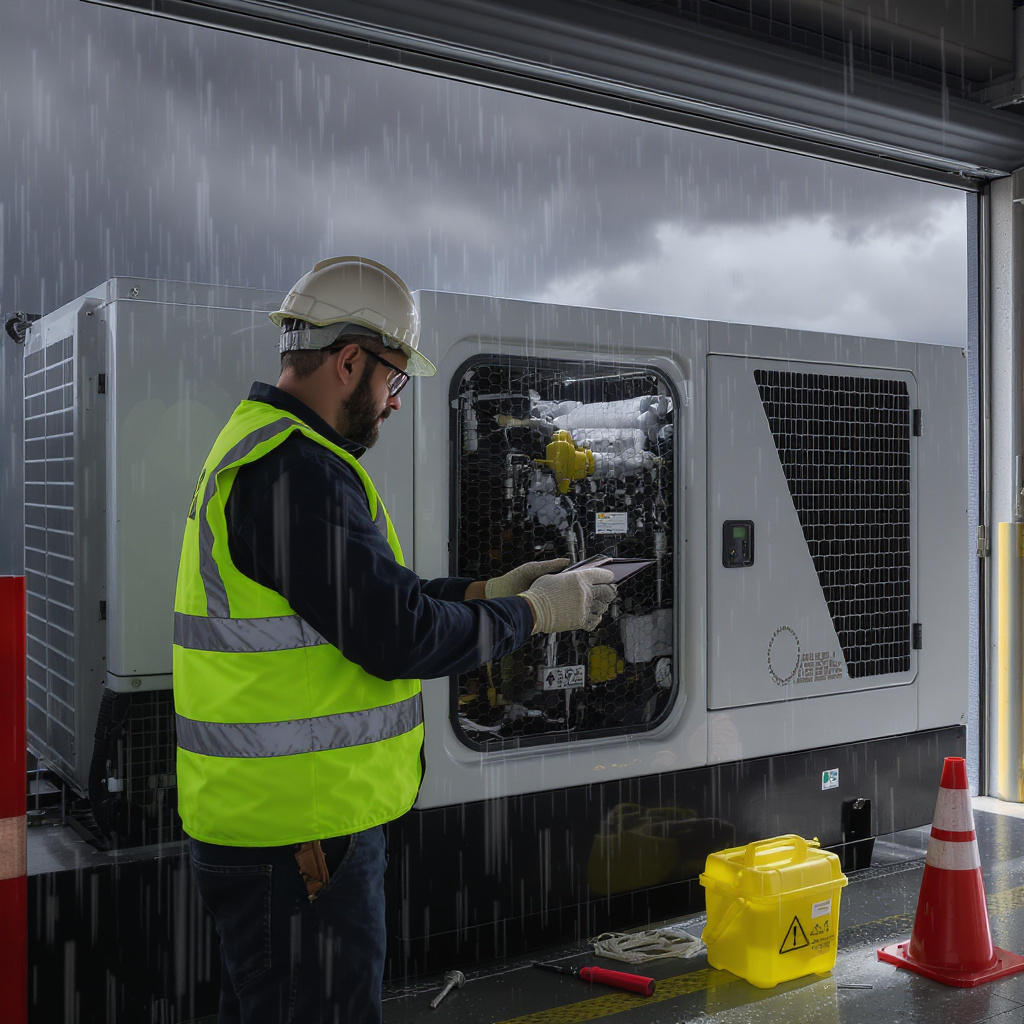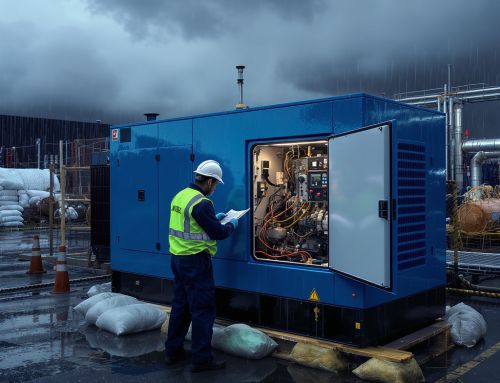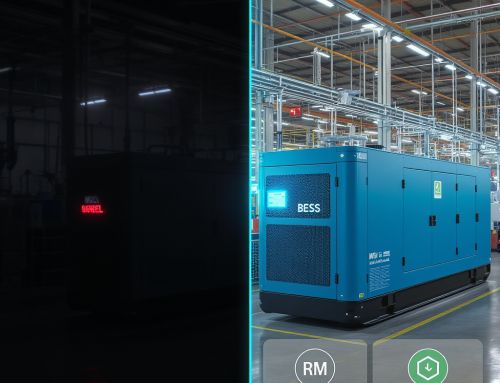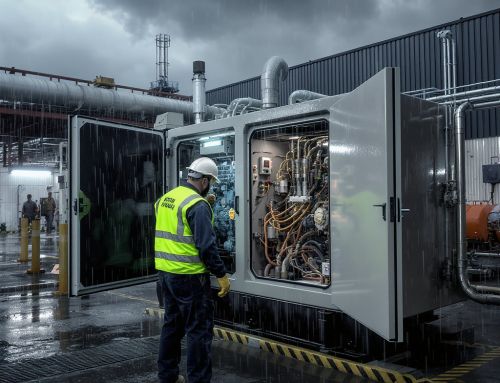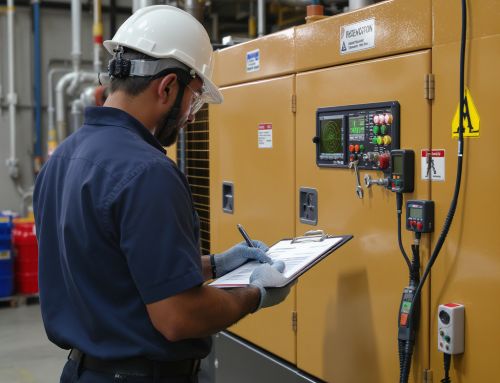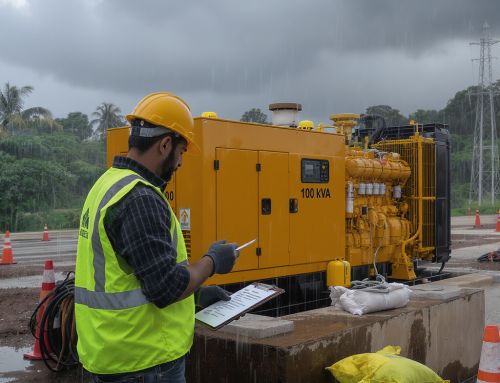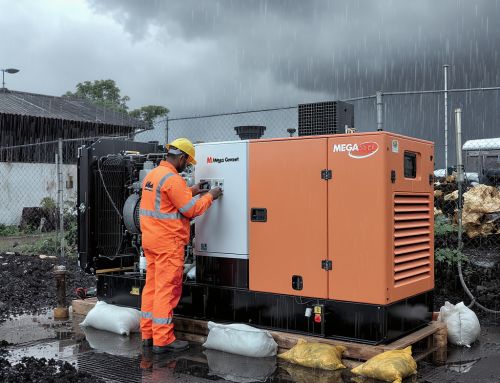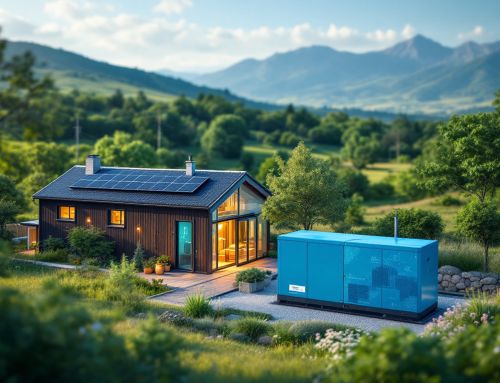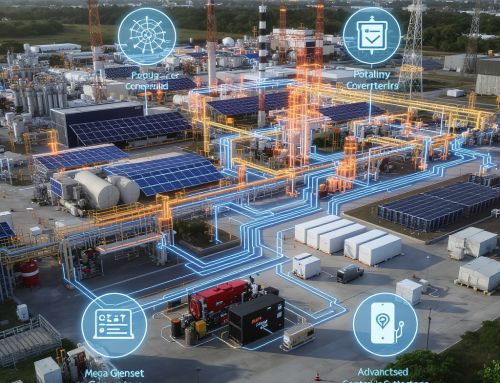How to Prepare Your Genset Before Monsoon & Storm Seasons
When heavy rain, flooding, and high winds arrive, your generator is the difference between seamless continuity and costly downtime. In Malaysia and across ASEAN, the monsoon season reliably tests backup power systems. This practical guide shows facility managers, contractors, and homeowners how to prepare a genset for safe, reliable operation before the storms hit—so you can keep critical loads online and protect your investment.
Why monsoon preparation matters
Monsoonal weather brings intense, sustained rain and localised flooding that can compromise air intake, exhaust, fuel quality, enclosures, and cabling. Windborne debris and lightning add risk to cooling systems, ventilation, and electrical switching. A few hours of preparation can prevent water ingress, failed starts, overheating, and dangerous operating conditions—while safeguarding your warranty and compliance.
Safety first: site and personnel
- Never operate a genset in a flooded area or with submerged cables or accessories.
- Ensure adequate ventilation and exhaust clearance to prevent carbon monoxide hazards.
- Use lockout/tagout for inspections and wear appropriate PPE (gloves, eye protection, hearing protection).
- Confirm earthing/grounding integrity and surge protection before storm activity.
Your 10-point monsoon-ready checklist
- Enclosure integrity: Inspect acoustic canopy seals, louvers, and weather strips. Replace cracked gaskets, tighten hardware, and verify that all access panels close flush.
- Elevation and drainage: Confirm the generator sits on a raised plinth above expected flood levels. Clear drains and channels so water cannot pool around the base. Add a bund (spill containment) around the fuel tank.
- Fuel quality and volume: Top up diesel to minimise condensation. Dip test for water contamination and treat with biocide if needed. Replace inline filters if clogged and ensure the day tank level sensors read correctly.
- Batteries and starting system: Load test starting batteries, clean terminals, and check charger health. Replace aging batteries proactively before peak season.
- Cable protection: Confirm glands are weather-sealed and that external runs have drip loops. Inspect ATS connections and tighten lugs to torque spec. Label the emergency stop and test its function.
- Cooling and airflow: Clean radiator fins and verify the fan and belts. Ensure intake and discharge paths are free of obstructions, especially temporary storm barriers or stacked materials.
- Exhaust and rain guards: Inspect rain caps, silencers, and flex sections for leaks. Angle flues to prevent direct rain entry and verify clearances from eaves and vegetation.
- Test run and load acceptance: Perform a wet test with building load or a load bank. Monitor oil pressure, voltage, frequency, temperature, and alarms. Rectify any abnormal trends immediately.
- Spare parts and consumables: Stock filters, belts, coolant, engine oil, and fuses. Keep a spill kit and fire extinguisher adjacent to the installation.
- Monitoring and documentation: Enable remote alerts, confirm SIM/network health, and keep laminated SOPs and emergency contact numbers at the genset. Record pre-storm inspection findings.
Site hardening tips for severe weather
- Seal pathways: Add weatherproof gaskets on inspection hatches and cable entry points. Use IP-rated glands suitable for outdoor exposure.
- Improve canopy performance: Fit rain guards, replace worn door seals, and apply anti-corrosion treatment to hinges and latches.
- Manage surface water: Grade the surrounding ground to slope away from the generator pad. Consider French drains or additional scuppers where pooling is common.
- Protect fuel systems: Use double-walled or bunded tanks. Keep the spill kit visible and accessible.
Right-sizing and upgrade options
If your facility has grown or your critical load profile has changed, monsoon season is an ideal time to reassess capacity, ATS ratings, and runtime needs. For SMEs, popular upgrades include a robust 60–100 kVA range for extended blackout resilience. Explore options like:
- 60 kVA MGM Generator for small factories, clinics, F&B, and essential retail.
- 100 kVA MGM Generator (Mark 12) for larger SMEs and mixed commercial sites.
Pairing your genset with battery energy storage can bridge start-up delays, smooth short outages, and optimise fuel use during long storms. Smart controllers enable seamless transitions, demand management, and remote diagnostics—especially valuable when site access is difficult due to flooding.
Service cadence and documentation
Conduct a full preventive maintenance service before the monsoon peak and schedule a mid-season check. Maintain up-to-date logs of inspections, parts replacements, firmware updates, and test results. A clean paper trail speeds troubleshooting and supports warranty claims.
Be storm-ready—starting today
Don’t wait for the first thunderhead. A focused pre-monsoon inspection and test run will dramatically increase your odds of flawless operation when the grid goes down. If you need help with a professional inspection, spare parts, or an upgrade path, our team is ready.
Talk to Mega Genset today: Request a site visit or consultation, email genset@genset.com.my, or call +60129689816. We’ll help you harden your installation and keep your power on—no matter the weather.

